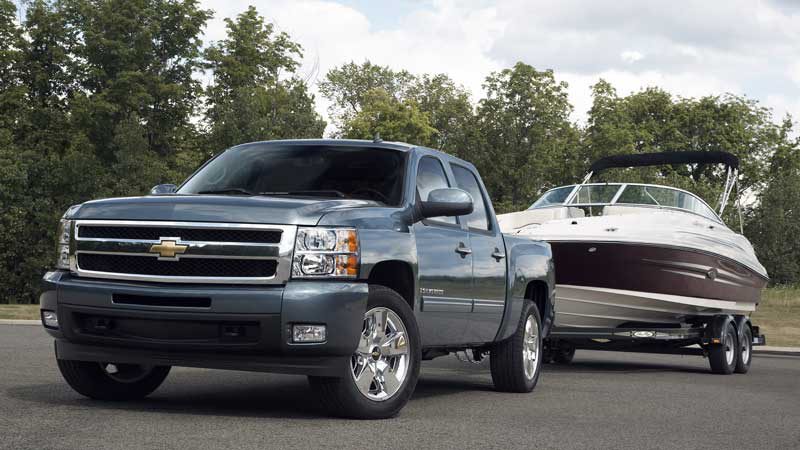General Motors CEO Mary Barra has confirmed that the American carmaker will include a full-sized electric ute (or pickup) in its stable of vehicles as it moves to a fully electric future.
During the carmaker’s quarterly earnings call on Tuesday (US time), Barra reconfirmed the carmaker’s plans to ditch petrol and diesel cars that it first announced in November 2018 and which will see the company undergo a massive restructure.
“GM has an industry-leading truck franchise and industry-leading electrification capabilities,” Barra told investors and journalists.
“I assure you we will not cede our leadership on either front. We intend to create an all-electric future that includes a complete range of EVs, including full-size pickups.”
A better-than-expected return was seen for the quarter which was a direct outcome from the cost-slashing the carmaker has instigated to enable funding of the restructure and its shift to electric vehicle manufacture, despite a fall in revenue of 3.4 per cent to $US34.88 billion ($A49.46 billion) from the same period last year.
The profits garnished from the cost cutting measures, which will once complete comprise the shutdown of five factories, firing of 15% of staff including 25% of executive staff, and the demise of 6 sedans in the carmaker’s lineup, were coupled with benefits gleaned from GM’s stakes in ride-hailing company Lyft and the French PSA Group.
Of the six sedans being slashed from GM’s lineup, it has already ended production of the plug-in hybrid Chevy Volt (once badged as the Holden Volt in Australia), two weeks ahead of schedule in February 2019.
It then announced last month it would fund $US300 million ($A424 million) into upgrading its Michigan plant in order to begin development of a new electric car using the Bolt electric powertrain and the Cadillac badge.
It’s as yet unknown if GM will produce an electric pickup under the Cadillac badge (it does offer the luxury pickup/SUV Escalade crossover), but it has been observed that pickups are key to GM’s overall electric strategy.
According to Bloomberg, large utes/pickups account for $US65 billion ($A92 billion) in annual revenue for the group, and it’s these dollars that will fill the gap as the company moves to electric vehicles.
“GM’s truck program also does the most to help fill the financial hole created by the company’s electric vehicle program,” writes David Welch.
“In 2016, its first year available, each Chevy Bolt electric car sold lost about $9,000 for the automaker. Those losses only scratch the surface of overall spending on development of next-generation cars.”
GM is clearly aware that if its switch to electric is going to work, there needs to be investment in electric pickups; after all, the company derives $US9 billion ($A12.76 billion) a year from selling petrol and diesel variants.
But whether it will develop them itself remains to be seen; it was reported earlier this year that the American car giant was in talks with electric vehicle start up Rivian that has developed two very rugged electric offerings, the R1S SUV and the R1T ute.
However those talks fell through, supposedly because of unrealistic demands from the legacy carmaker, and Rivian has since cut a deal with GM’s competitor Ford for $US500 million ($A713 million), following a previous $US700 million ($A992 million) deal with online retail giant Amazon.

Bridie Schmidt is associate editor for The Driven, sister site of Renew Economy. She has been writing about electric vehicles since 2018, and has a keen interest in the role that zero-emissions transport has to play in sustainability. She has participated in podcasts such as Download This Show with Marc Fennell and Shirtloads of Science with Karl Kruszelnicki and is co-organiser of the Northern Rivers Electric Vehicle Forum. Bridie also owns a Tesla Model Y and has it available for hire on evee.com.au.

